
As more people work remotely, it can be difficult to find the right online collaboration tools for your team. Read on for the 25 best online collaboration tools for chatting, video calls, document and file sharing, project management and more.
Last Updated: 22 May'24 2024-05-22T16:20:47+00:00
All our content is written fully by humans; we do not publish AI writing. Learn more here.
Key Takeaways: The Best Online Collaboration ToolsOnline work has become ubiquitous in recent times, and businesses and teams depend more and more on online collaboration software. However, with so many co-working apps out there, finding the right ones for your team can get confusing.
To make things easier for you, we’ve put together our picks for the 25 best online collaboration tools for chatting, video calls, document and file sharing, project management and more.
Companies and organizations can greatly benefit from using these tools to organize their office life, and many remote work software tools can be used by individuals, too. Plus, as remote learning becomes commonplace, good online collaboration software can help reduce the distance between teachers and students. These collaboration tools can be very useful, even if you’re just a college student looking for a way to organize your team project.
Our list provides both paid and free options so that you can find the online collaboration tools you need, no matter your budget. So without further ado, let’s take a look at the best tools for collaboration online.

Aleksandar Kochovski ( Writer )
Aleksandar Kochovski is a cybersecurity writer and editor at Cloudwards, with a rich background in writing, editing and YouTube content creation, focused on making complex online safety topics accessible to all. With a Master’s in Architecture and experience as an assistant professor of architectural planning and interior design, Aleksandar applies his research prowess to guide readers through the intricacies of VPNs and secure cloud services. His work is featured in Cloudwards and he has been quoted in The Daily Beast, reflecting his dedication to internet privacy. When not demystifying digital security, he indulges in diverse hobbies from bonsai to powerlifting.
Jackie Leavitt ( Co-Chief Editor )
Jackie Leavitt is a distinguished project management professional, currently leading as the co-chief editor at Cloudwards. Boasting over a decade of experience in editorial leadership and a profound understanding of the tech industry garnered over five years, she excels in orchestrating complex projects and her editorial team. With a Master’s in Strategic Communications and Bachelor’s degrees in Journalism and European Culture Studies, her educational background equips her with a unique blend of skills in communication, organization and strategic planning. Jackie’s focus is on implementing effective project management strategies, ensuring projects are delivered efficiently and meet high-quality standards. Her dedication to excellence in project execution and her ability to streamline processes have significantly contributed to the success of Cloudwards, underscoring her expertise in managing projects within the fast-paced tech sector.
10/24/2023 Facts checkedChat tools are essential for any modern company, and finding a good chat platform can make or break your team’s communication. These tools can ease remote communication and provide a convenient way to share ideas. Plus, most chat apps have useful features, such as file and image sharing.
Some communication tools follow a more traditional route, offering little more than the essential chat functions. On the other hand, apps like Slack give users much more flexibility with lots of customization options. There are even some outside-the-box solutions, like Chanty’s kanban boards and Yammer’s social network-like interface. Let’s look at the best chat apps for teams.
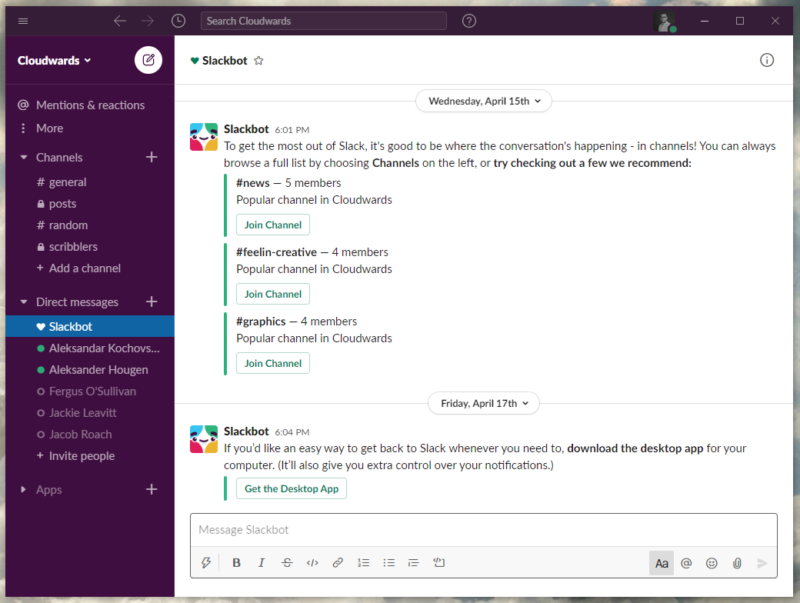
This cloud-based chat app is no stranger to the business world. Slack is one of the biggest names in online communication, and for good reason. It provides everything you would expect, such as real-time messaging and file sharing, and supplements that with over 2,200 third-party app integrations. It has an excellent free plan, though its paid plans are a bit pricey and there are cheaper alternatives to Slack.
Pricing:
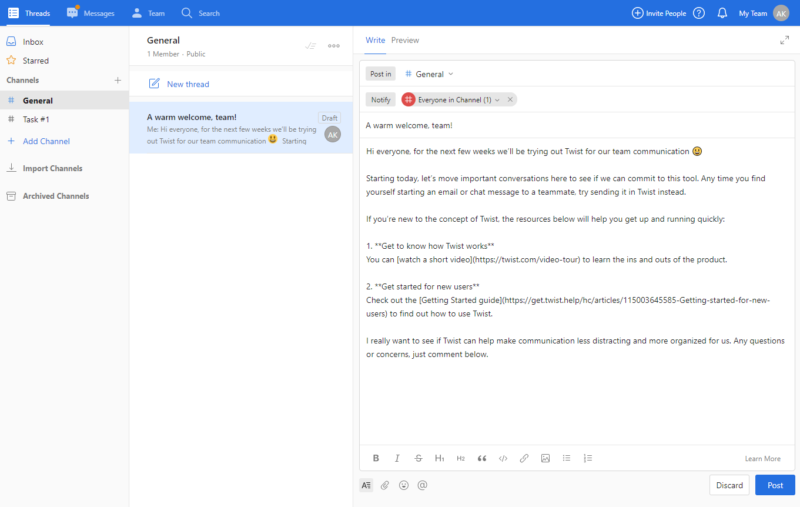
Unlike Slack, Twist doesn’t focus on real-time messaging. Instead, teammates leave comments on different topics, which are organized within channels. This structure makes it easy to keep track of your team’s communication. Plus, there’s an instant messaging function for quick one-on-one communication. It’s cheap too, with an excellent free plan, plus a 50-percent discount for schools and nonprofits.
Pricing:

Chanty is an off-beat chat tool that organizes chats into a kanban-style task board. Team members can be added to a task, which is a chat room and an item on a kanban board at the same time. It may sound a little odd, but it can be a great way to improve productivity because you’ll always know how far along your team’s tasks are. The free version has some limitations, but thankfully Chanty’s paid plan is very cheap.
Pricing:

Flock markets itself as a cheaper version of Slack, and it offers similar functionality. It has instant messaging, with communication organized into channels, just like Slack. There’s even a good number of app integrations.
Its pricing isn’t that great, though, being only slightly cheaper than Slack, plus its free plan has a few features cut out or significantly limited.
Pricing:
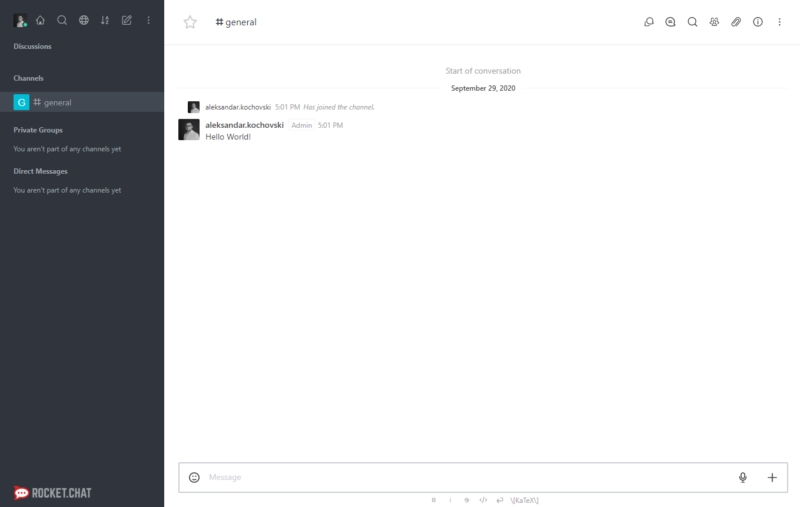
Rocket.Chat is one of the most customizable chat apps thanks to its open-source nature. With a bit of coding know-how, you can tailor Rocket.Chat to fit your exact needs. You can even save a few bucks by using the self-hosted free version. However, its features can get confusing and the setup is complicated. Some features are limited to the more expensive paid plans, as well.
Pricing:
Although chat apps can facilitate fast communication, there’s nothing like a face-to-face conversation. Video conferencing software has become indispensable because of social distancing norms, with the likes of Zoom becoming household names. Here are our picks for the best video conferencing tools.
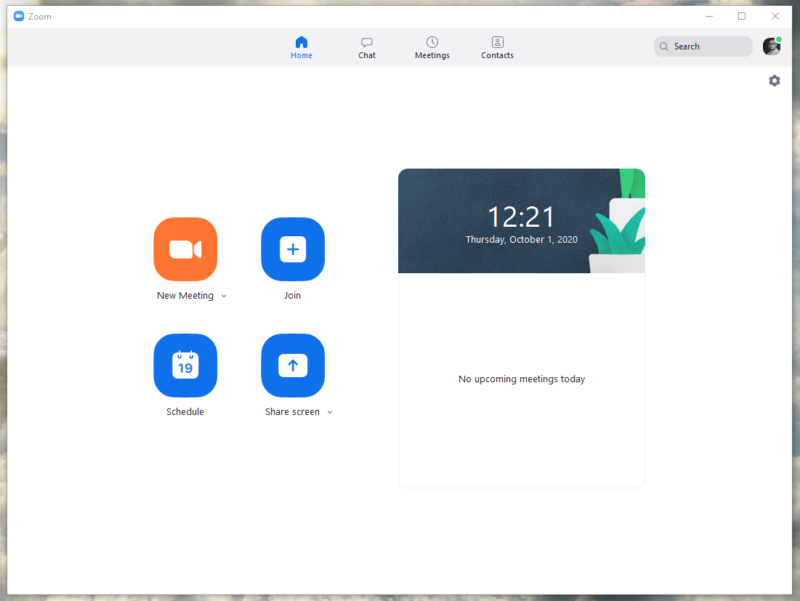
One of the top online collaboration tools for students, Zoom has proven itself to be a favorite for schools and businesses alike, offering excellent video and audio quality, as well as stable connections. You can even set a virtual background if you like.
Although its free plan can host up to 100 people in a single call, that call length is limited to 40 minutes. The paid plans offer more call time and participants, but Zoom is costlier than other communication tools.
Pricing:

Google Meet comes with the G Suite, along with Google Drive and Google’s document-editing apps. It’s pretty cheap, with a free option that can host up to 100 participants for an hour-long meeting. It also integrates well with Google’s other services. For example, you can schedule Meet calls in the Calendar app. It’s missing some features, though, such as a built-in whiteboard, which you can only get as a third-party extension.
Pricing:
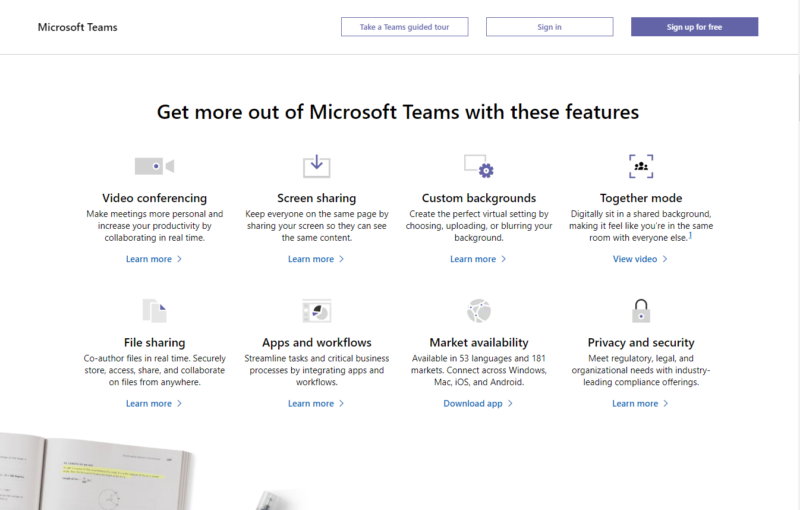
Microsoft has been integrating the popular Skype for Business into its Teams platform for a while, and by July 2021, it will be completely folded in. Teams comes packaged with the rest of the Microsoft 365 suite, which includes OneDrive cloud storage and the Office 365 apps. Microsoft 365 is surprisingly cheap while offering more cloud storage than G Suite. Microsoft Teams is also available for free, but it requires signing in.
Pricing:
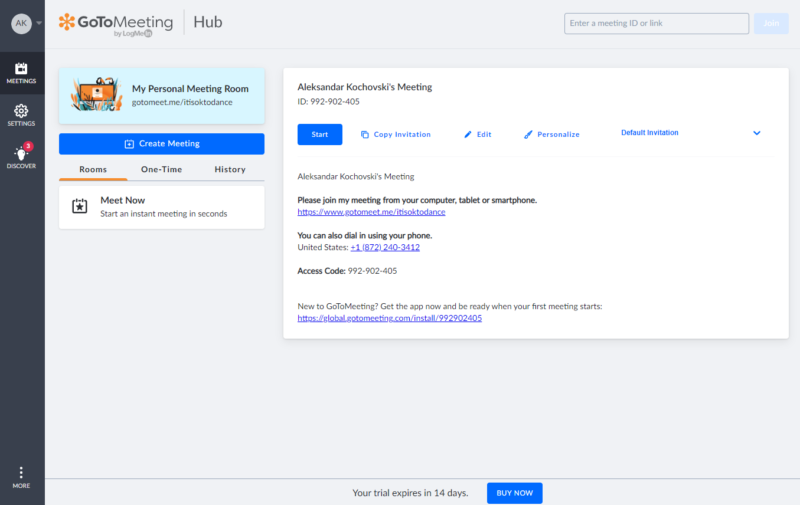
GoTo Meeting is an enterprise-oriented video conferencing app. It offers HD video chat and comes with some nice features, such as screen sharing and a whiteboard. It can host a high volume of participants, up to 3,000 for its highest precinct tier. However, its pricing can leave your wallet feeling light, especially because its free plan hosts up to only three people.
Pricing:

Formerly known as Appear.in, the newly rebranded Whereby is an excellent choice for small businesses and teams. It offers a one-click solution for video chatting by sharing a link to your chat room. The free version is limited to four participants, and the paid plans upgrade that only up to 50 participants. Small teams and students will benefit the most from Whereby’s free plan.
Pricing:
Project management tools help your company organize its projects by giving you an overview of your team’s tasks. The best online project management software can help your team power through tasks and reach deadlines by laying out tasks and timelines in an accessible manner.
Here, we’ve laid out our favorite online team collaboration tools for project organization.

Monday.com is an excellent cloud-based project management tool. It’s easy to use, organizing your team’s work into tasks, with different ways of displaying tasks, such as timelines and charts. There are many ways to customize tasks and add fields to them, but you can’t subdivide your team members’ tasks.
Monday.com is a cheap collaboration tool for small businesses, which comes with a 14-day free trial.
Free
Asana focuses on managing tasks, rather than project management. It’s easy to use, with a list of tasks that you divide into subtasks. Asana motivates your team with “celebrations,” which reward users for getting a task done, usually with a little animated unicorn. It has a generous free plan for up to 15 team members, plus its paid plans are well-priced, if not the cheapest.
Personal
Trello isn’t the most feature-filled collaborative tool out there, but it can be useful for teams that don’t need more than a basic Kanban board. Trello’s interface makes it easy to learn, offering only an overview of your tasks. You can comment on tasks, but you can’t divide or edit them in any meaningful way.
Free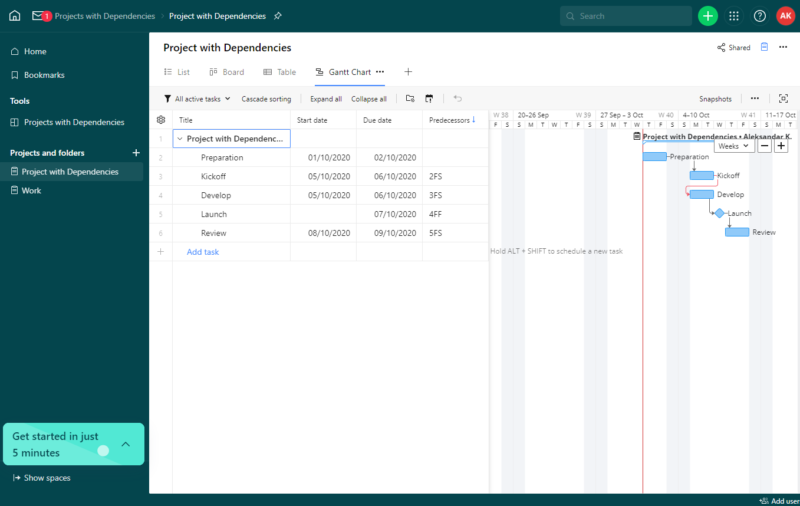
No matter how complicated your team’s projects are, Wrike can probably handle it all. Wrike has subtasks, calendars, event streams, in-depth reports, Gantt charts and more. The downside to this approach is that its interface can get a little complicated. Surprisingly, all those features won’t drain your wallet, and there’s a free plan, as well, albeit somewhat limited.
Free
If Gantt charts are what your team needs, TeamGantt has them in its name. TeamGantt makes time tracking easy by organizing your projects into a timeline that gives you an overview of what is going on and when. Its interface is intuitive and easy to pick up. TeamGantt offers a free plan for up to three users, but its paid plans are expensive for what they offer.
FreeFile sharing is indispensable for any team’s collaboration effort. Cloud storage services, such as Box, let you store and share files, and document editor integration lets multiple team members collaborate on a single file. Some cloud services have specific features that help your team members work together on documents.
It’s imperative that the sharing platform doesn’t interrupt the flow of teamwork. The best file-sharing tools can lead your team members to success by offering comprehensive sharing and permission editing features. Here are our favorite collaboration tools for sharing.
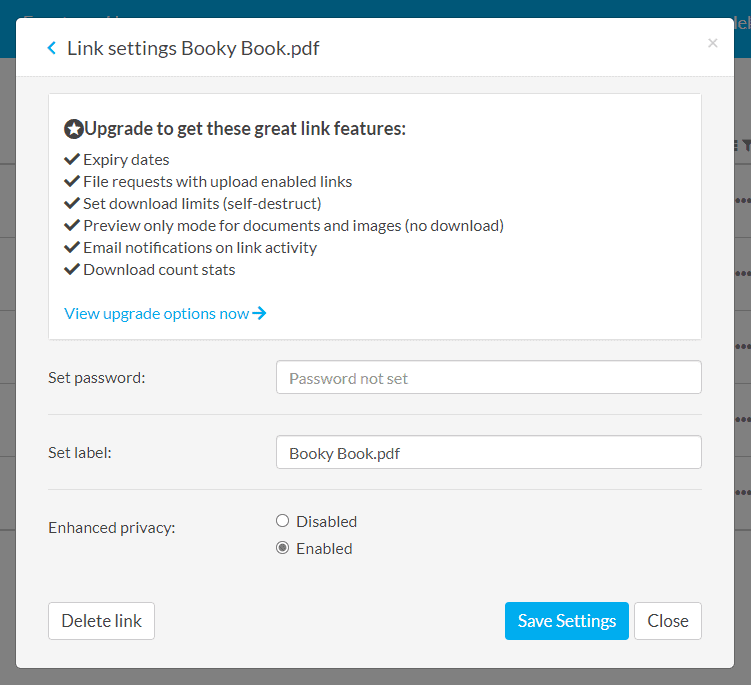
Sync.com is a cloud storage platform, and it’s our favorite service for sharing files, along with pCloud. It has a smattering of sharing options, including password-protected sharing links, expiry dates, download limits, link activity tracking and more. Sync.com has a killer free plan, but its advanced sharing options are only available with its very affordable paid plans.
Free FREE Pro Solo Basic 1-year plan $96 billed every year Pro Solo Professional 1-month plan 1-month plan 1-year plan $240 billed every year More plans Pro Teams Standard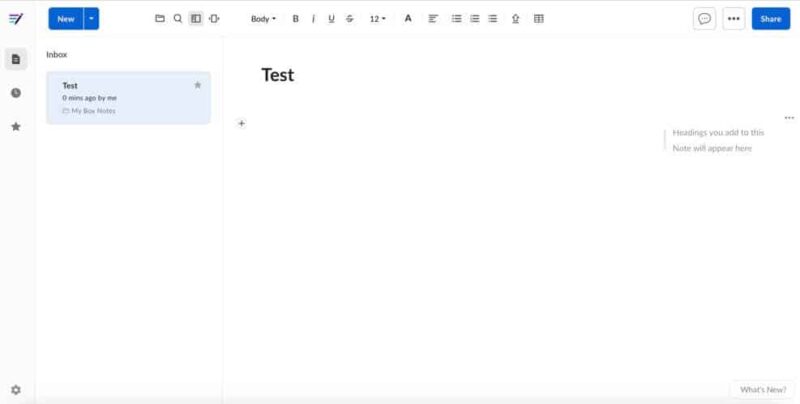
Box Business is a cloud storage solution aimed squarely at teams and businesses. It offers unlimited storage on most of its plans and has extensive file and document sharing options. It comes with a document collaboration tool called Box Notes, which functions similarly to Google Drive in that it lets you upload and edit documents in conjunction with others in real time.
FreeGoogle Docs is one of the best free online collaboration tools because of its tight integration with the rest of the G Suite, most importantly Google Drive’s cloud storage. All of your Docs files are kept in Google Drive, which lets you share them and set detailed editing permissions. Docs is free for all Google users, plus it comes with G Suite for teams that collaborate using Google.
15GB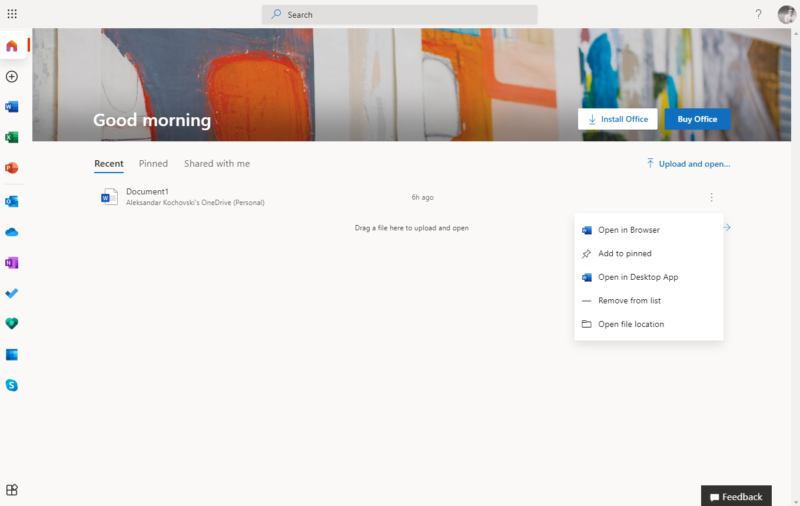
Microsoft Office needs no introduction, and Office 365 is its online incarnation. Office 365 comes as a part of the cheaply priced Microsoft 365 package, and it’s also available for free for standalone use. It integrates with OneDrive, which lets you share files for team collaboration, similar to Google Drive and Docs, though its sharing features leave something to be desired.
Pricing:
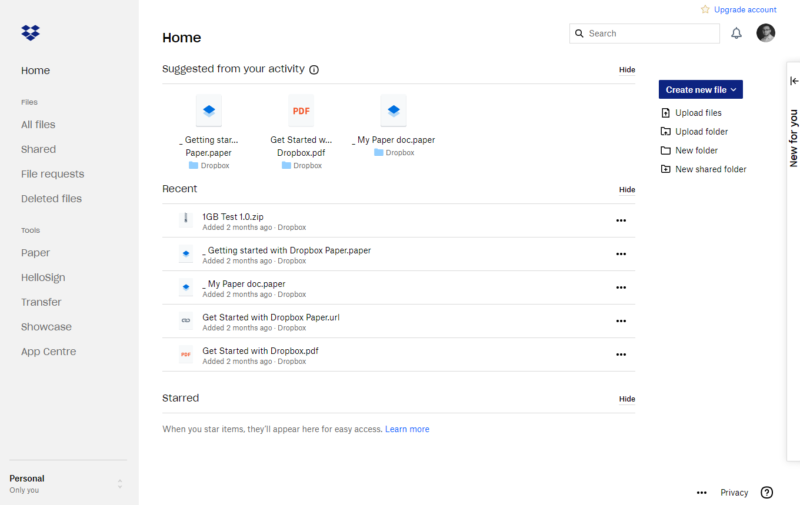
Dropbox is a household name, with millions of subscribers around the world. It’s a mature cloud storage service with stellar sharing options. You can share editing or viewing links, restrict downloads, and set passwords and expiration dates for links. Best of all, Dropbox integrates with Office 365 and G Suite. Its paid plans might be a little north of your budget, but you can try them out for free for 30 days.
Basic FREE Standard (for teams)Not all collaboration tools fit into an exact category. Some collaboration software just refuses to be put into a box, finding its own niche of users by offering something that competitors don’t. The following services are all top-notch software for collaboration that doesn’t fit into any of our previous categories, but we still believe they are some of the best online collaboration tools.
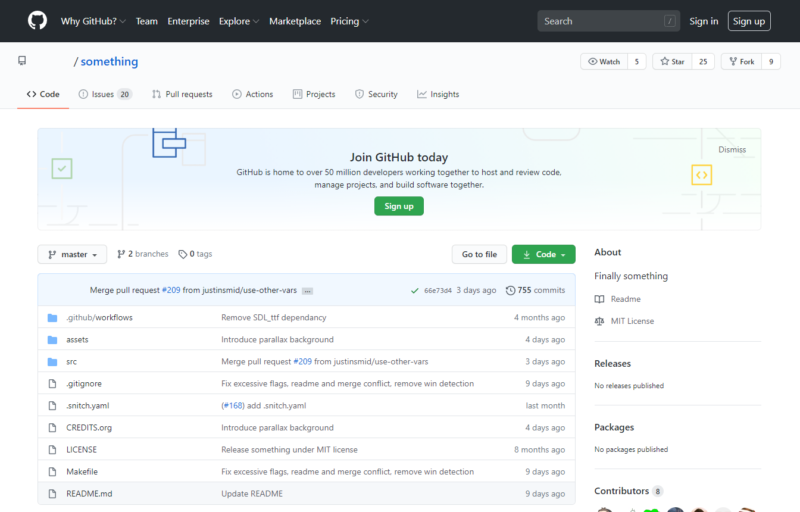
GitHub is a code hosting site that helps teams of coders collaborate on projects. If you need to work together with other programmers, GitHub can help your team keep track of all the different versions of your project’s code, and it provides communication tools to help teams coordinate better. Its free plan is generous, and its paid plans are affordable, even for freshly baked programmers working out of their garage.
Pricing:

Invision can help get your projects off the ground by offering powerful tools for creating an intuitive user experience. Invision lets you create app prototypes with clickable buttons, which you can then share with your teammates and clients. You can even get feedback right within Invision, plus manage your project via its dashboard. Small teams can use the free plan, but larger projects will require a paid subscription.
Pricing:
![]()
If you’re having a hard time keeping track of your team member’s work, Time Doctor can help with that. Time Doctor is a time management service that gives team leaders a real-time overview of what team members are doing. Its default settings let teammates check in and out of tasks, but it has some intrusive options, as well, such as scheduled screenshotting.
Pricing:
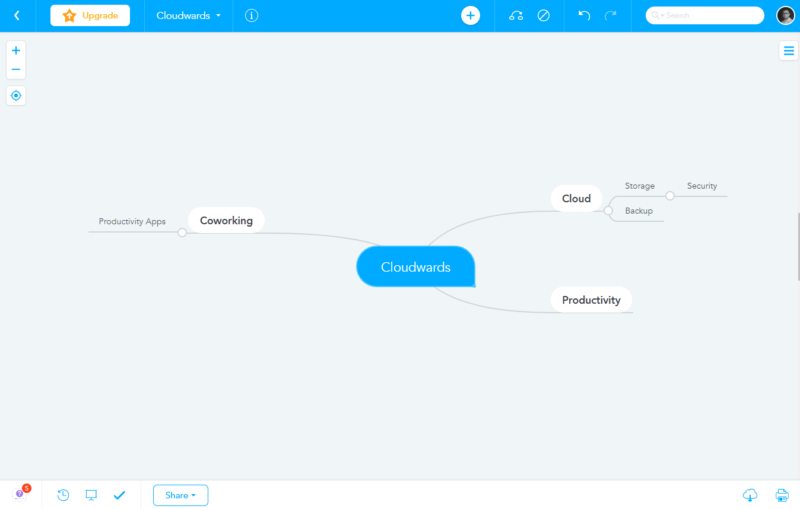
MindMeister is a collaboration tool that lets teams visualize ideas for their projects by creating mind maps. These mind maps are presented as bubble diagrams that can link written ideas and images together. This can be very helpful in the early stages of projects but isn’t too useful for project development. There’s a free version that has some limitations and a paid version that’s very affordable.
Pricing:
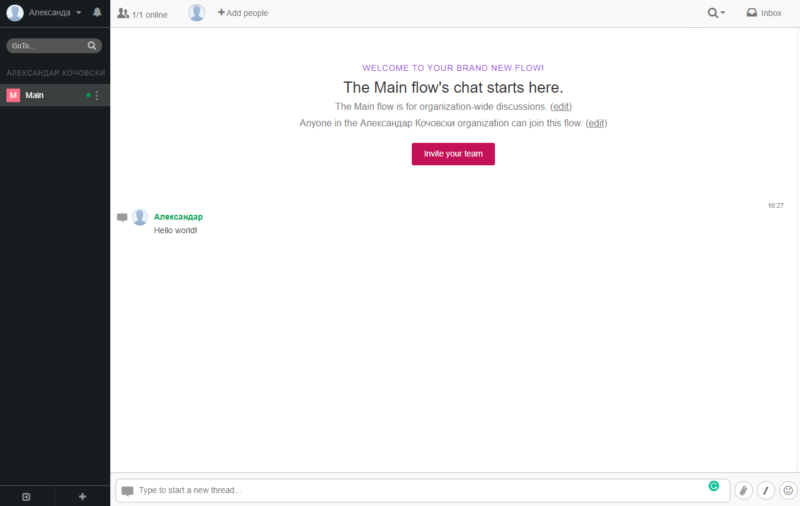
Usersnap is a quality assurance and collaboration tool that lets you comment on website bugs and issues in the browser, without requiring an extra bug reporting app. It’s one of the best online collaboration tools for website designers because clients don’t need to create an account to leave feedback. Unfortunately, its pricing is a bit high for what it provides, and there’s no free plan.
Pricing:
Online collaboration is here to stay, and your business needs to find the right tools for it. Online teamwork tools can help your company find a workflow that fits its style, and a communication platform that will let teammates collaborate the way they need to.
That’s it for our roundup of the best online collaborative tools for business. We hope you’ve found the right fit for your team’s projects in one of these 25 services. Did your favorite productivity tool make it onto the list? Which collaboration tools does your company use? Be sure to let us know in the comment section below. Thank you for reading.
Online collaboration tools help teams and businesses improve their workflow by setting and keeping track of individual team members’ tasks. Some collaboration tools have specific uses, such as code versioning or bug reporting, while others are used for messaging, video calls or sharing files.
The world has seen the shutdown of public life with the 2020 pandemic, and many businesses have been forced to move their work online. It’s since become apparent that online collaboration can be a valid alternative to office work. Online co-working tools are now abundant and high quality, and you can find apps for every niche at a low cost, too.
Online collaboration tools help teams and businesses improve their workflow by setting and keeping track of individual team members’ tasks. Some collaboration tools have specific uses, such as code versioning or bug reporting, while others are used for messaging, video calls or sharing files.
The world has seen the shutdown of public life with the 2020 pandemic, and many businesses have been forced to move their work online. It’s since become apparent that online collaboration can be a valid alternative to office work. Online co-working tools are now abundant and high quality, and you can find apps for every niche at a low cost, too.
Stay Ahead in the Digital World
Receive the latest updates on cloud technology, security, and project management.
3 thoughts on “The 25 Best Online Collaboration Tools of 2024: Work Better Online”
Newest Oldest Lara says: Victoria says: Perla says: Leave a Reply Cancel reply



Always stay informed: with the Cloudwards newsletter
No spam, just quality content. Your inbox is safe with us.Cloudwards.net may earn a small commission from some purchases made through our site. However, any earnings do not affect how we review services. We test each product thoroughly and give high marks to only the very best. We are independently owned and the opinions expressed here are our own.
After a brief stint in architecture and a tango with teaching, Aleksandar is now dancing to the beat of his own drum as a tech writer, merging his passions for technology and literature. When he’s not hidden behind his computer screen, you can find him photographing the streets of Skopje or cooking quesadillas for his friends at home.
Last published on Cloudwards:Jackie is the co-chief editor of Cloudwards.net. After earning her bachelor’s degree in journalism from the University of New Hampshire, she has held various editing roles with international news organizations, annual magazine publications, book publishing and more. She earned her master's in strategic communications from National University. When she’s not editing Cloudwards.net articles, she’s either putting pen to paper with creative nonfiction writing, going for an ocean swim or planning her next travel adventure.
Last published on Cloudwards: